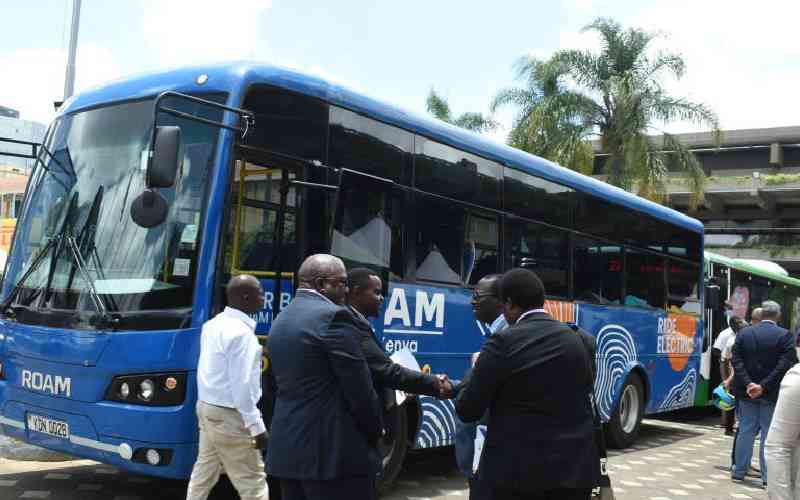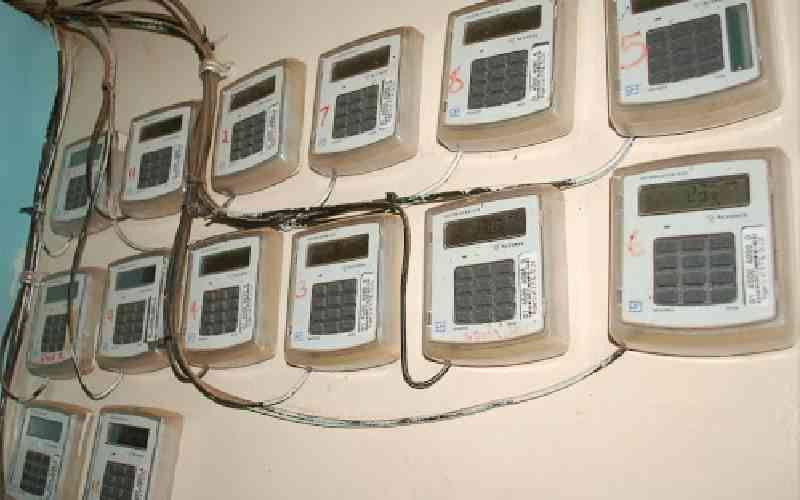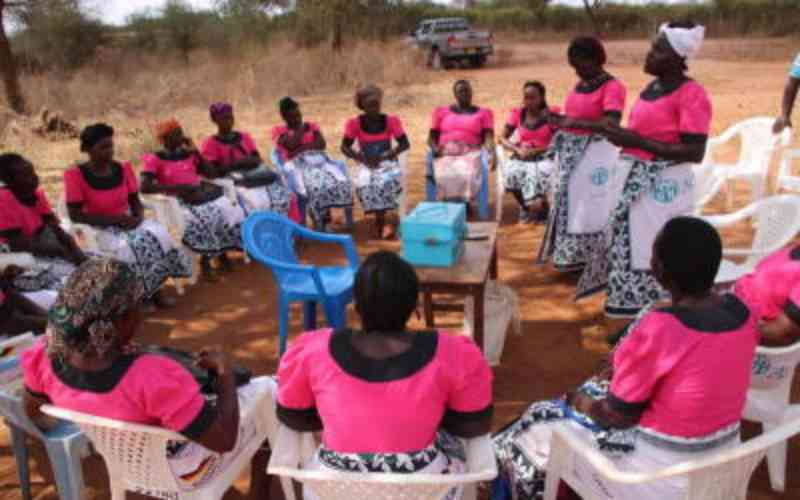Strathmore University has been feeding power it has generated to the national electricity grid for more than a year. However, it has yet to be able to bill Kenya Power for the electricity.
In October 2015, the university and Kenya Power signed a 20-year power purchase agreement (PPA) where Strathmore would get Sh12 ($0.12) per unit of solar electricity it delivered to the national grid.
Under the PPA, the university is supposed to feed the grid with 0.25 megawatts (MW) of electricity.
The institution’s solar power plant generates 0.6 MW, with about half of this consumed internally and the rest being excess.
Solar panels
Izael Da Silva, who heads the Strathmore Energy Research Centre, said the university applied for a licence from the Energy Regulatory Commission (ERC) after it completed the plant in 2014, but has not been able to acquire one.
He added that the university signed the PPA knowing it would be licensed as a power producer.
Prof Da Silva said other than not being able to bill Kenya Power, the lack of a licence had also seen the university hold off on scaling up its plant.
“We are not able to charge Kenya Power for the dispatched power to the grid because we still lack the generation licence. This is despite more than two and a half years of having the plant operational,” said Da Silva.
“Strathmore still has some roof space for more panels and once we get our licence, we are very likely to expand the plant. It would be nice to have a 1MW plant.”
When the institution started feeding the national grid with electricity generated from solar panels on its rooftop, it was seen as a major milestone. This was, after all, the first time solar-generated capacity was being fed to the grid.
But now, Da Silva talks of frustrations and possible losses for the university.
“The application for generating less than 1MW is theoretically quite simple. The main problem is that the speed with which Government institutions work is quite different from the speed of business. This can lead to frustrations and financial losses,” he said.
The plant was initially meant to help the university save costs on electricity, which then stood at Sh24 million a year. By relying on solar, the university expected to save Sh16.5 million annually on energy costs.
Strathmore still incurs power costs as it reverts to using grid power at night when it cannot generate solar energy.
Stay informed. Subscribe to our newsletter
According to the Ministry of Energy and Petroleum, planned policy and legal changes are among the challenges ERC has had to grapple with as regards issuing a licence to the university.
Energy Principal Secretary Joseph Njoroge said the Energy Bill, which is currently in Parliament, will be more accommodative of plants like Strathmore’s that are exporting electricity to the grid.
He said the law would also increase investments in solar by both the Government and private sector players.
Solar, where Kenya has immense potential, accounts for just 0.02 per cent of power consumed in the country.
“They [Strathmore] will get a licence. But you have to understand that they had developed the plant for their own use but ended up having excess capacity, which they wanted to feed to the grid. We are currently developing a policy on the cost of use of the system, which will determine the tariff that such power producers can sell power to the grid,” he said.
“These provisions are contained in the Energy Bill ... which must be passed into law in the course of this financial year. We will also come up with supporting regulations that will make it easy to administer and implement the new law once it is in place. This will promote the generation of more renewable energy.”
Mr Njoroge added that Kenya Power and the university were in talks on how to handle the issue of providing power to the grid, including payments and if these would be backdated to cover the one and a half years Strathmore has been feeding the grid.
“In the meantime, there are temporary agreements that the institution has with Kenya Power,” he said.
Review agreements
The ministry is currently evaluating PPAs that Kenya Power has signed with different suppliers, which might affect the Sh12-per-unit agreement with Strathmore.
In December, Energy Cabinet Secretary Charles Keter formed a task force to review these agreements. The team is expected to table its report in the course of this month.
At Sh12 per kilowatt hour, the cost of Strathmore’s power is lower than what is charged by diesel-fired plants (Sh19 per unit). However, it is more expensive than power from hydro (Sh3 per unit) and geothermal (Sh7 per unit).
According to Hindpal Jabbal, a former ERC chairman, the cost of solar electricity that is generated in Nairobi and other areas that are powered by cheaper power sources puts the resource at a disadvantage.
“With solar utilisation, you have to look at where, how and when it is used. It can be used to displace diesel-generated electricity in towns that are not served by power generated from cheaper sources. As it is, however, it does not displace anything in Nairobi,” he said.
[email protected]
 The Standard Group Plc is a
multi-media organization with investments in media platforms spanning newspaper
print operations, television, radio broadcasting, digital and online services. The
Standard Group is recognized as a leading multi-media house in Kenya with a key
influence in matters of national and international interest.
The Standard Group Plc is a
multi-media organization with investments in media platforms spanning newspaper
print operations, television, radio broadcasting, digital and online services. The
Standard Group is recognized as a leading multi-media house in Kenya with a key
influence in matters of national and international interest.
 The Standard Group Plc is a
multi-media organization with investments in media platforms spanning newspaper
print operations, television, radio broadcasting, digital and online services. The
Standard Group is recognized as a leading multi-media house in Kenya with a key
influence in matters of national and international interest.
The Standard Group Plc is a
multi-media organization with investments in media platforms spanning newspaper
print operations, television, radio broadcasting, digital and online services. The
Standard Group is recognized as a leading multi-media house in Kenya with a key
influence in matters of national and international interest.









